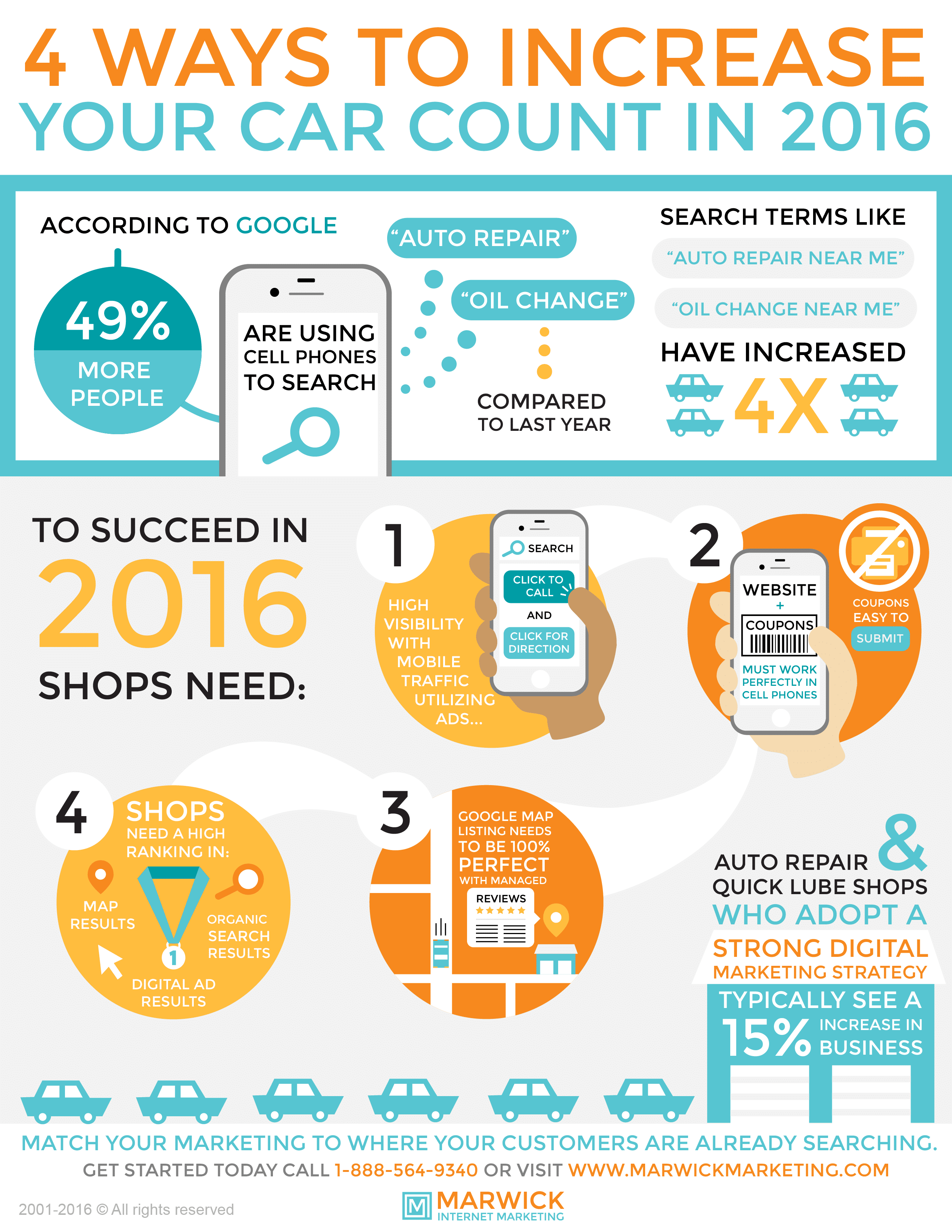Looking For Clearness On The Caution Lights Showed On Your Car'S Dashboard? Figure Out Exactly How They Associate With Your Automobile'S Health And Wellness
Looking For Clearness On The Caution Lights Showed On Your Car'S Dashboard? Figure Out Exactly How They Associate With Your Automobile'S Health And Wellness
Blog Article
Write-Up Composed By-Sykes Dalgaard
When you lag the wheel, those glowing warning lights on your control panel can be a little bit complicated. Do you understand what they're attempting to inform you concerning your vehicle's health and wellness? Recognizing the significance of these lights is vital for your security and the durability of your automobile. So, the following time among those lights turns up, wouldn't you intend to analyze its message properly and take the essential actions to address it?
Common Caution Lighting and Interpretations
Identify typical caution lights in your cars and truck and recognize their definitions to guarantee risk-free driving.
https://airliftperformancekits16161.getblogs.net/62430771/the-complete-source-for-auto-detailing-products-key-details-every-newbie-should-understand of the most regular caution lights include the check engine light, which signifies issues with the engine or discharges system. If this light begins, it's important to have your car inspected immediately.
The oil pressure advising light suggests reduced oil stress, calling for immediate attention to prevent engine damages.
A flashing battery light may recommend a malfunctioning charging system, potentially leaving you stranded if not addressed.
The tire stress monitoring system (TPMS) light notifies you to reduced tire stress, affecting car stability and gas efficiency. Neglecting this can cause risky driving problems.
The abdominal muscle light shows a problem with the anti-lock stopping system, endangering your ability to quit promptly in emergency situations.
Lastly, the coolant temperature alerting light warns of engine overheating, which can cause serious damage if not resolved swiftly.
Recognizing these usual warning lights will aid you attend to problems promptly and keep safe driving conditions.
Relevance of Prompt Focus
Understanding the common caution lights in your car is just the initial step; the value of promptly addressing these cautions can not be emphasized enough to guarantee your safety when driving.
When a warning light brightens on your control panel, it's your vehicle's way of communicating a prospective concern that requires interest. Overlooking these warnings can cause a lot more serious problems in the future, endangering your safety and security and potentially costing you extra out of commission.
Motivate interest to warning lights can protect against break downs and mishaps. For instance, a flashing check engine light could show a misfire that, if left unattended, might trigger damages to the catalytic converter. Addressing this immediately can save you from an expensive repair.
Likewise, a brake system alerting light could indicate reduced brake fluid or worn brake pads, essential elements for your safety and security when driving.
Do It Yourself Troubleshooting Tips
If you observe a warning light on your dashboard, there are a couple of DIY repairing tips you can attempt before looking for professional help.
The primary step is to consult your automobile's guidebook to recognize what the particular caution light indicates. Occasionally https://www.globenewswire.com/news-release/2021/12/21/2355739/0/en/Meineke-Auto-Repair-Care-Center-in-Gilbert-Announces-New-Website.html can be as simple as a loose gas cap triggering the check engine light. Tightening motorcycle detailing might resolve the issue.
An additional typical issue is a low battery, which can trigger different alerting lights. Examining the battery connections for deterioration and guaranteeing they're protected could deal with the trouble.
If a warning light continues, you can try resetting it by detaching the car's battery for a few minutes and afterwards reconnecting it. Additionally, checking your car's fluid degrees, such as oil, coolant, and brake fluid, can help fix warning lights connected to these systems.
Conclusion
To conclude, understanding your vehicle's caution lights is necessary for keeping your automobile running smoothly and safely. By without delay attending to these signals and recognizing what they indicate, you can stay clear of pricey repairs and prospective breakdowns.
Bear in mind to consult your auto's guidebook for particular details on each alerting light and take action appropriately to guarantee a hassle-free driving experience.
Stay educated, remain safe when traveling!
